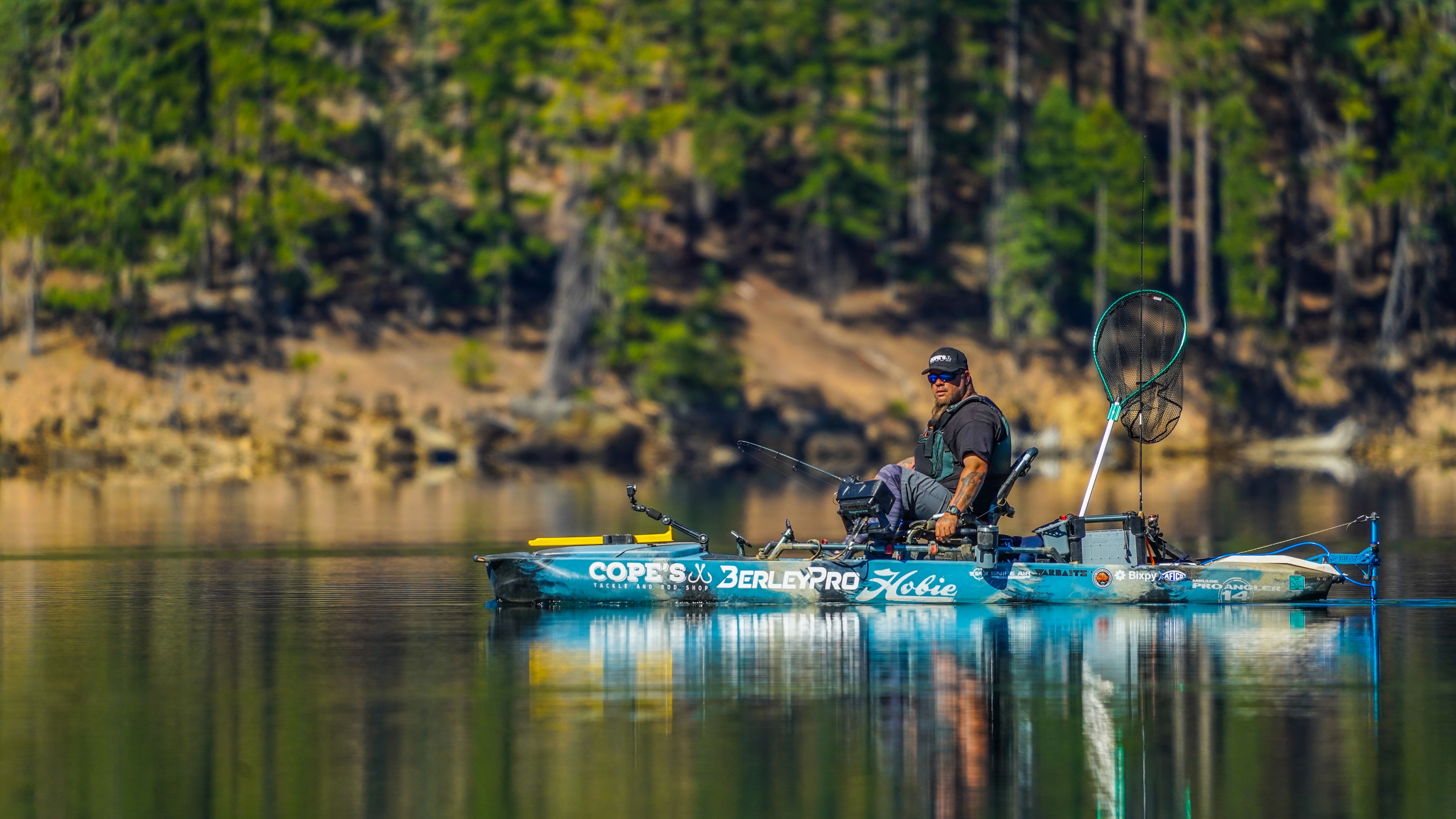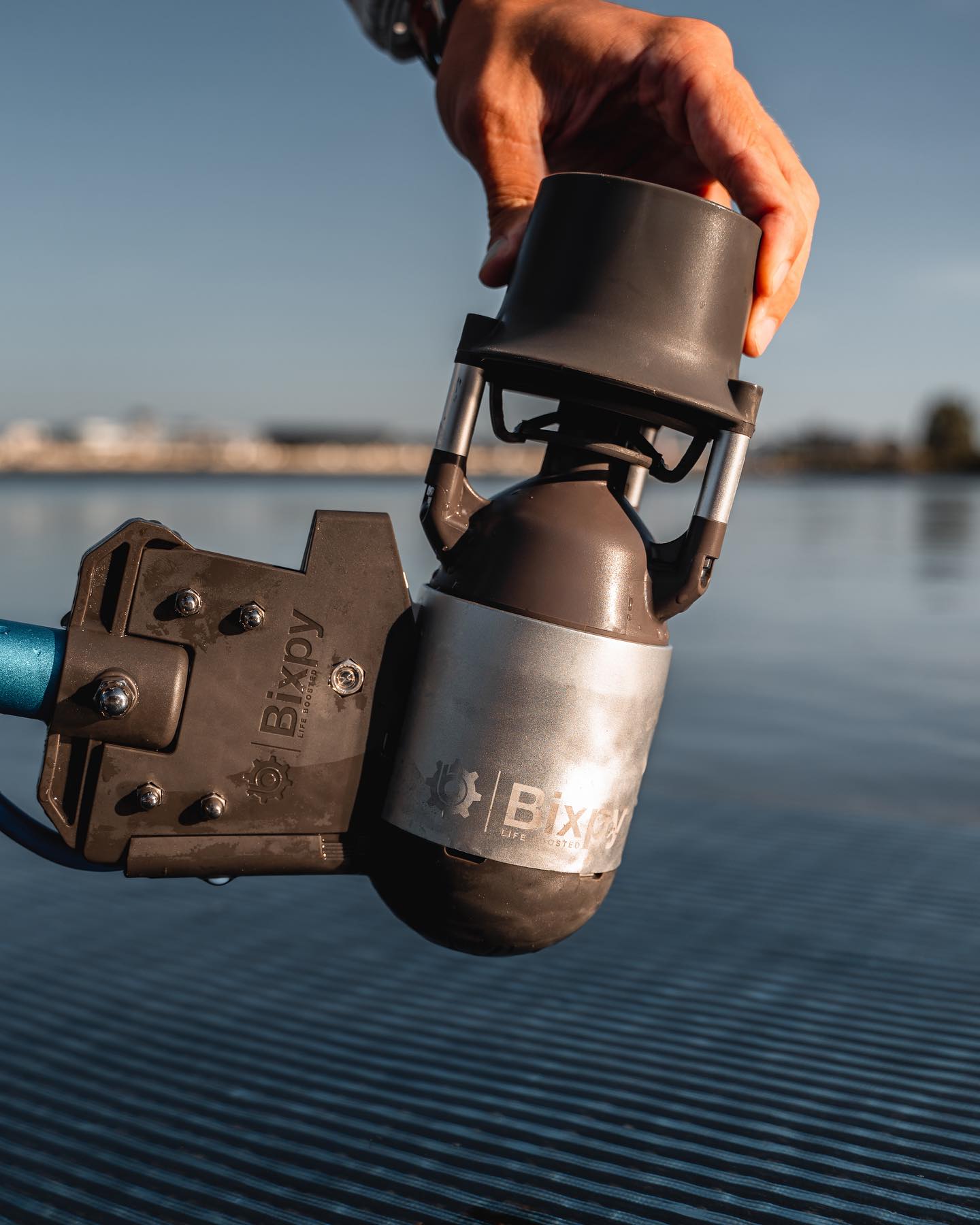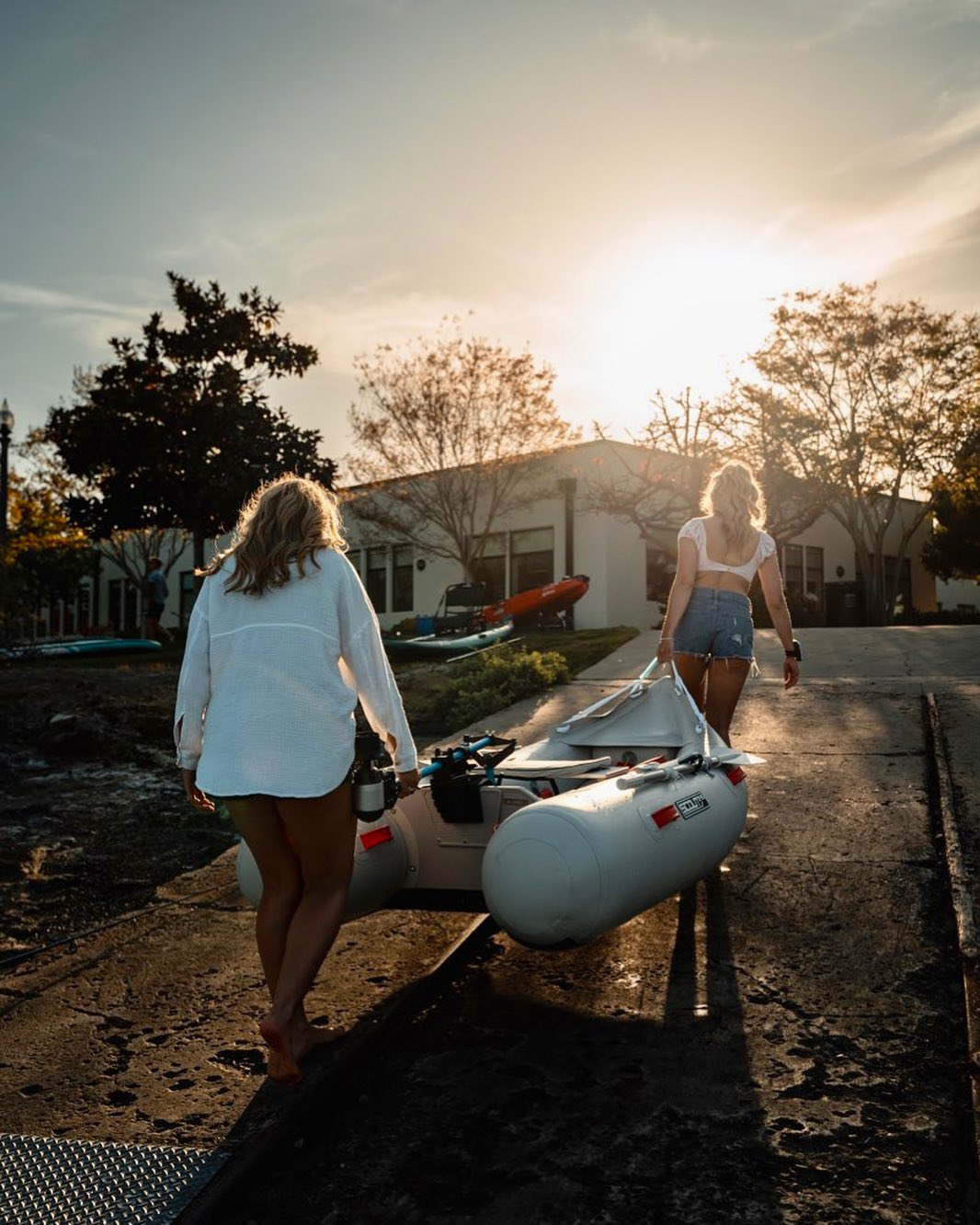Posted by Bixpy on Oct 9th 2023
A Guide to Winterizing Your Watercraft
Winterizing your personal watercraft is essential for keeping it in good condition during the winter months.
Whether you own a kayak, canoe, standup paddleboard, or other type of watercraft, it's important to take the proper steps to properly winterize it so it's ready for use when the warm weather returns. In this guide, we'll provide helpful tips for winterizing your watercraft so you can ensure it stays in top shape.
Why winterizing your watercraft is important
Properly winterizing your watercraft is not just an optional step, but a crucial one. Neglecting to winterize can result in damage to your equipment, which may require costly repairs or even render your watercraft unusable. When temperatures drop and water freezes, the consequences for your watercraft can be disastrous. Water that is left inside can freeze and expand, causing cracks or damage to the hull or other components. Additionally, exposure to harsh winter elements can lead to fading, corrosion, or degradation of materials such as plastics or fabrics.

Steps to take before winter
First, give your watercraft a thorough cleaning. Remove any dirt, debris, or saltwater residue that may have accumulated. This will prevent corrosion and damage to the hull and other components. Next, inspect your watercraft for any signs of damage. Look for cracks, leaks, or loose parts that need to be repaired. It's easier to fix these issues now rather than discovering them in the spring when you're eager to hit the water.
Once your watercraft is clean and free from damage, it's time to prepare the engine. If you have a motorized watercraft, consult the owner's manual for specific instructions on how to properly winterize the engine. This may include proper storage techniques and charging methods if your motor is electric like the Bixpy K-1 Motor. Lastly, consider investing in a quality cover to protect your watercraft from the elements. A sturdy cover will shield your watercraft from rain, snow, and UV rays, prolonging its lifespan and reducing the risk of damage.

Tips for storing your watercraft during the winter months
Find a suitable storage location for your watercraft. Ideally, it should be stored indoors, such as in a garage or storage unit, to protect it from extreme weather conditions. If indoor storage is not available, consider using a durable, weather-resistant cover to protect your watercraft from snow, rain, and UV rays. Next, elevate your watercraft off the ground to prevent moisture buildup and damage. You can use stands, sawhorses, or a storage rack specifically designed for watercraft. This will also help to keep critters away from your watercraft.
It's important to ensure that your watercraft is completely dry before storing it. Any remaining moisture can lead to mold, mildew, or rot. Take the time to thoroughly dry the hull, compartments, and any other parts of your watercraft. Lastly, periodically check on your watercraft during the winter months to make sure there are no issues or damage. If necessary, address any repairs promptly to prevent further damage. Don't forget to plug your battery in every once in awhile so it does not go into a deep sleep - for more tips check out Bixpy's Guides to Battery Care.

Maintenance and repairs to consider before springtime use
When winter is coming to an end and the warm weather is just around the corner, it's time to start thinking about getting your watercraft ready for springtime use. Give your watercraft a thorough inspection. Look for any signs of damage that may have occurred during the winter months. Check the hull for cracks or chips, and examine all the components to make sure everything is in working order. If you notice any issues, it's best to address them now before they become bigger problems later on.
It's also important to perform any necessary maintenance tasks. This may include changing the oil, replacing spark plugs, or charging your electric motor. Consult your watercraft's owner's manual for specific instructions on what maintenance tasks are recommended for your particular model. Additionally, don't forget to check your safety equipment. Make sure your life jackets are still in good condition and that you have all the necessary equipment, such as flares or a whistle, on board. Take the time to clean your watercraft thoroughly. Remove any dirt or debris that may have accumulated during the winter months. Not only will this make your watercraft look great, but it will also help to prevent any damage or corrosion.
What are some other tips you think we should share about winterizing your watercraft? Let us know on social media!

